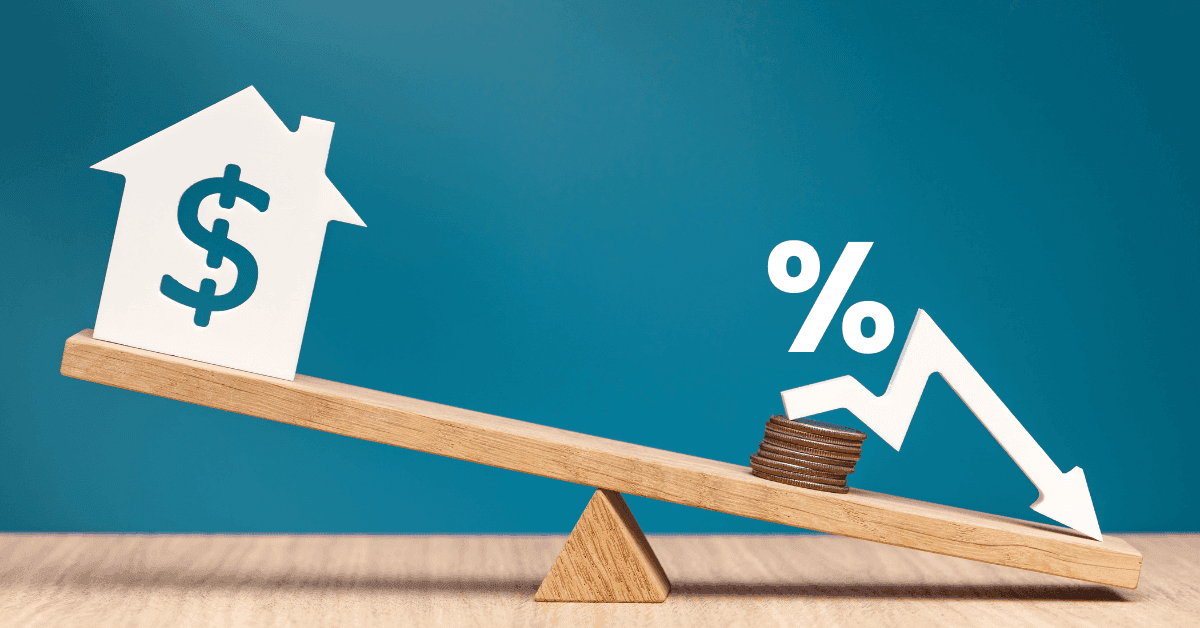Home Of Fair Facts & Tips
Impact of Low Rates and the Pandemic on House Prices
Discover how low interest rates and the COVID pandemic reshaped housing affordability across Australia’s capital cities.

Australia's housing market underwent significant changes during the COVID-19 pandemic, fuelled by historically low interest rates, shifts in buyer behavior, and government incentives. These factors drastically affected housing affordability, particularly in major capital cities. This article delves into the trends that emerged during the pandemic and their ongoing implications for prospective homebuyers.
Navigate this Article
How the RBA Cash Rate Shaped the Housing Market During the Pandemic
The Reserve Bank of Australia (RBA) reduced the cash rate to a record low of 0.10% during the pandemic, aiming to stimulate the economy. This dramatic drop in the RBA rate directly influenced low home loan rates, leading to heightened borrowing capacity and increased demand for housing.
Related: Cash Rate Over the Years
Impacts of Low Rates:
- Easier access to credit
- Surge in housing demand
- Sharp increases in house prices in cities like Sydney, Melbourne, and Brisbane
Challenges Created:
- Housing affordability worsened
- Prospective buyers faced fierce competition, driving house prices to record levels
As rates begin to normalise, affordability challenges persist, leaving many wondering if pandemic-era housing price growth is sustainable.
Pandemic Property Value Trends in Australian Capital Cities
The pandemic saw a boom in property values across the nation, with capital cities experiencing varying degrees of growth.
House Prices in Sydney, Melbourne, and Brisbane
- Sydney house prices reached an all-time high, fueled by demand and the appeal of work-from-home opportunities in spacious suburban homes.
- Melbourne house prices, though impacted by prolonged lockdowns, still saw significant growth due to historically low interest rates.
- Brisbane house prices surged as interstate migration from southern states added pressure to the market.
Regional Comparisons
- Canberra house prices: Buoyed by high median incomes and strong government employment.
- Adelaide house prices: Experienced steady growth due to relative affordability compared to larger capitals.
- Hobart house prices: Continued its trend as an investor favorite, seeing one of the highest percentage increases.
- Darwin house prices: Recovered after years of stagnation, benefiting from renewed interest in regional living.
- Perth house prices: Stabilised following a prolonged downturn prior to the pandemic.
The Property Price-to-Median-Income Ratio: A Measure of Affordability
One of the starkest indicators of declining affordability is the property price-to-median-income ratio. During the pandemic, this ratio soared in many cities:
Return to topIncome vs. Median House Prices: A Closer Look
During the pandemic, house prices far outpaced median income growth, further reducing affordability. Here's how median incomes stacked up against house prices in capital cities:
The Role of Banks and Mortgage Brokers
- Major Banks: Focused on low-risk, high-value loans in urban areas. Responded to RBA rate cuts with competitive fixed-rate loans.
- Smaller Banks: Gained market share by offering attractive variable rates and flexible products.
- Mortgage Brokers: Provided access to a broader range of lenders and helped buyers secure loans despite rising house prices.
Frequently Asked Questions
What is the RBA cash rate, and how does it impact housing affordability?
The RBA cash rate influences borrowing costs for home loans. A low cash rate reduces interest rates, increasing demand for housing but often worsening affordability.
Why did house prices surge during the pandemic?
Low interest rates, government incentives, and changing buyer preferences for larger homes contributed to the surge.
Which cities were most impacted by rising house prices?
Sydney and Melbourne experienced the largest price increases, but all capital cities saw significant growth.
How has affordability changed since the pandemic?
Affordability has worsened due to house price growth outpacing income growth in most cities.
What role do mortgage brokers play in the housing market?
Mortgage brokers help buyers navigate loan options, comparing rates from major banks, smaller banks, and digital banks.
Will housing affordability improve with rising interest rates?
Higher interest rates may reduce demand and stabilise prices, but affordability will depend on income growth and broader economic factors.
Conclusion
The pandemic brought significant challenges to Australia’s housing affordability, driven by low interest rates, high demand, and limited supply. While recent RBA cash rate hikes aim to curb inflation and stabilise the market, many Australians are still grappling with the impacts of pandemic-era price increases. For prospective buyers, the key to navigating this landscape lies in understanding trends, leveraging mortgage brokers, and exploring innovative lending solutions.
Disclaimer: The opinions expressed in this article are strictly for general informational and entertainment purposes only and should not be taken as financial advice or recommendations.
Written By

The Craggle Team
